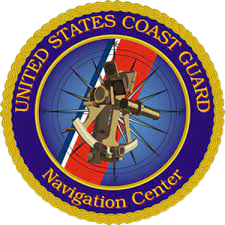VESSEL RECONNAISSANCE
Directly after the sinking of the RMS TITANIC, the US Navy assigned the Scout cruisers to patrol the Grand Banks of Newfoundland for the remainder of 1912.
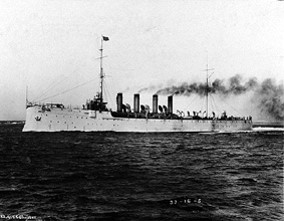
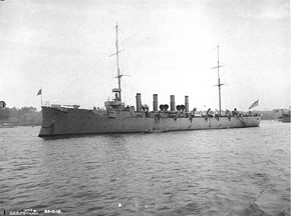
Due to operational commitments, the Navy was unable to send assets for patrol the following year of 1913. The Revenue Cutter Service was then tasked with the responsibility of conducting reconnaissance in the Grand Banks of Newfoundland. Two Cutters were deployed to accomplish this task.
.jpg)
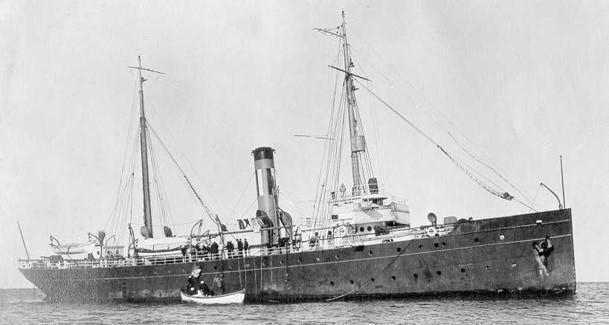
The Senior officer would be in command of the Ice Patrol operation. The objective was to locate icebergs and fields of ice nearest the Trans-Atlantic shipping lanes and to determine the southerly, easterly, and westerly limits of the ice. The vessels would then broadcast radio messages to the maritime community giving the whereabouts of the ice.
Below is a list of Cutters that performed the operations for the Ice Patrol.
USCGC ANDROSCOGGIN & USCGC TALLAPOOSA—1919
USCGC OSSIPECTAZO—1920
USCGC YAMACRAW—1921
USCGC MODOC—1922
USCGC MOJAVE—1926
USCGC GENERAL GREENE—1931
USCGC POMTCHARTRAIN—1932
USCGC CHAMPLAIN—1933
USCGC MENDOTA—1934
USCGC TAHOE—1938
USCGC CHELAN—1939
USCGC NORTHLAND—1940
USCGC CAYUGA—1941
USCGC SPENCER—1947
USCGC EVERGREEN & USCGC INGHAM—1948
USCGC ACUSHNET—1950
USCGC GENTIAN—1960
USCGC TAMOROA—1961
USCGC CHILULA & USCGC CHEROKEE—1963
USCGC CHINCOTEAGUE & USCGC COOK INLET—1969
USCGC ROCKAWAY—1971
USCGC DUANE, USCGC VIGOROUS, USCGC DECISIVE, USCGC VALIANT, USCGC VIGILANT & USCGC ALERT—1972
USCGC HAMILTON, USCGC STEADFAST, USCGC OWASCO & USCGC DEPENDABLE—1973
USCGC SHERMAN—1975
USCGC SHERVEILLETTE—1976
USCGC NORTHWIND—1983
USCGC HORNBEAM—1984
USCGC BITTERSWEET—1987
USCGC SPAR—1990
The Aeroarctic Society is an internationally organized body of scientists formed to study and explore the arctic by means of aircraft. Due to the practical duties of the International Ice Patrol and being recognized as one of the authorities on arctic ice and oceanography for its investigations on the behavior of icebergs in the western North Atlantic, Coast Guard headquarters was invited to assign one officer with ice patrol experience as a member of the scientific staff aboard the Graf Zeppelin arctic expedition.
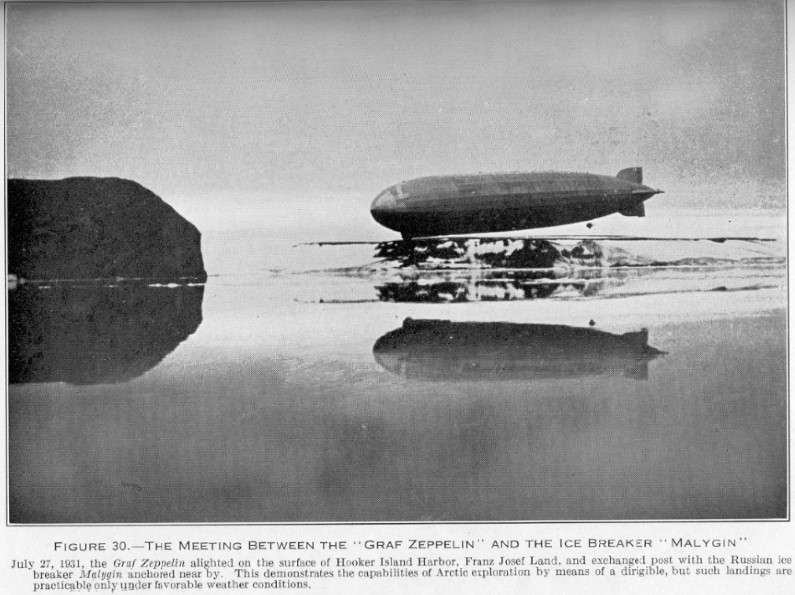
In 1931, the United Stated Coast Guard sent Lieut. Comdr. Edward H. Smith, a former ice observation officer of the International Ice Patrol, on the polar trip of the Graf Zeppelin. Part of the arctic expedition was to accomplish an aerial camera survey of the iceberg-producing glaciers along the coast of west Greenland. Aerial mapping cameras were capable of surveying the entire glacier front of west Greenland in 10 hours. Ultimately the plans to survey Greenland and the North Pole were scrapped due to a delay in rendezvous with the submarine Nautilus and the substitution tour of the arctic islands off the Russian coast were agreed upon.
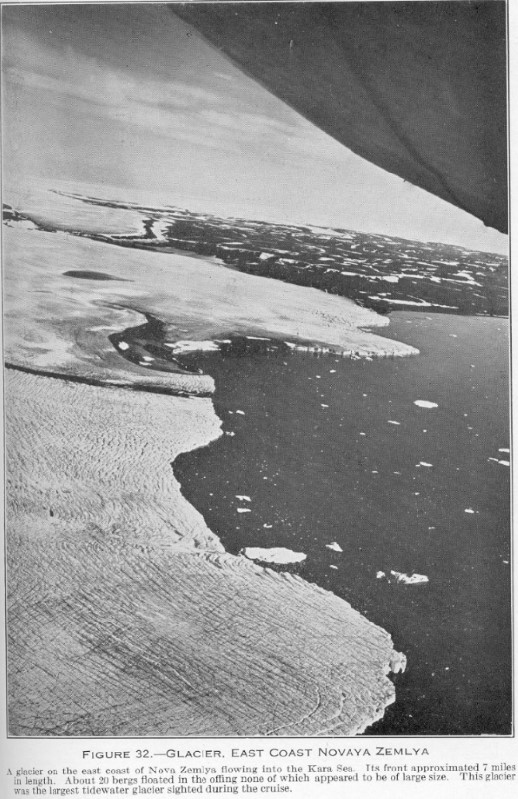
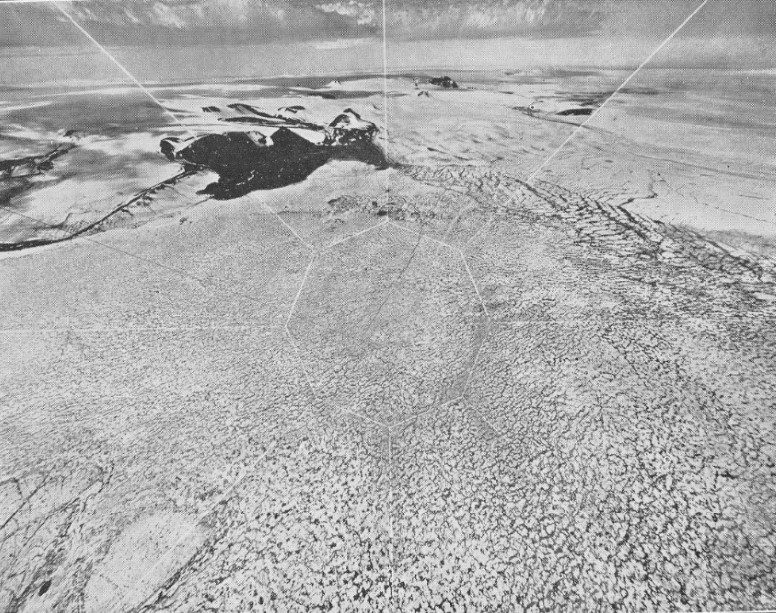
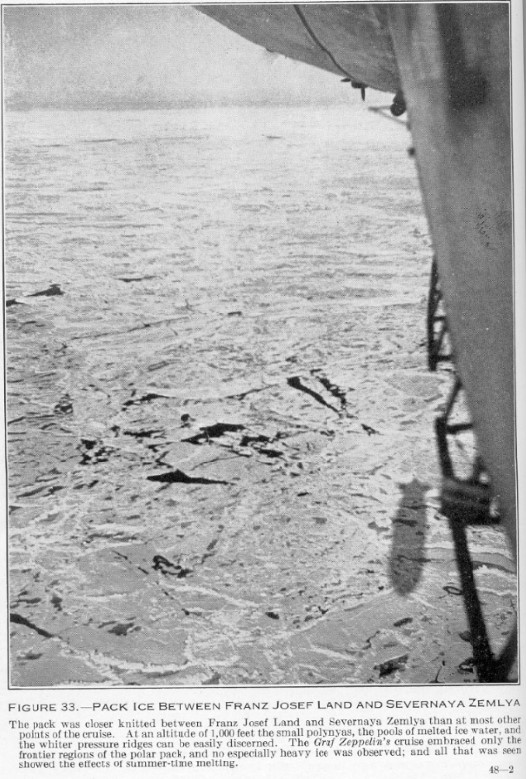
Due to the collection of invaluable data by the scientists flying on the Graf Zeppelin in the summer of 1931, proved that such a pioneering project was feasible and more explorations of a similar nature were to be pursued.
AVIATION RECONNAISANCE
From 1946-1966, the Ice Patrol offices, operations center and reconnaissance aircraft were based at the Coast Guard Air Detachment Argentina, Newfoundland.
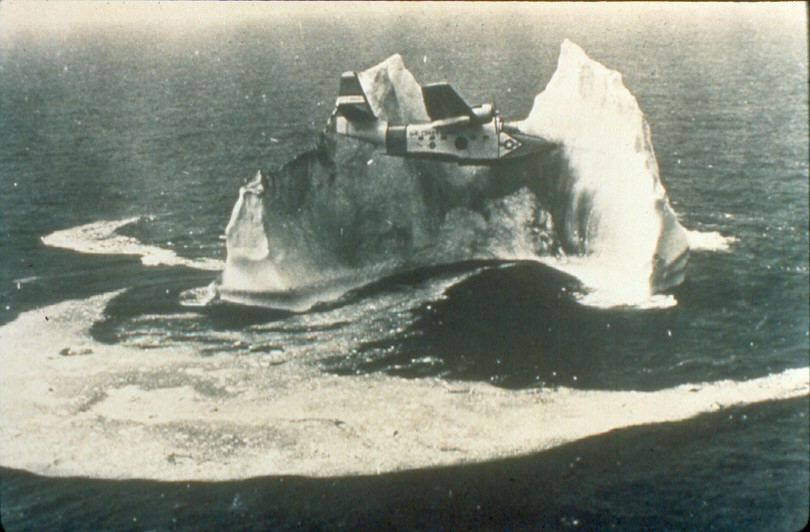
From 1946-1966, the Ice Patrol offices, operations center and reconnaissance aircraft were based at the Coast Guard Air Detachment Argentina, Newfoundland.
In 1947, the PB4Y-1 were replaced by the PB-1G aircraft.
In 1949, the aircraft became the sole reconnaissance method for the very first time.
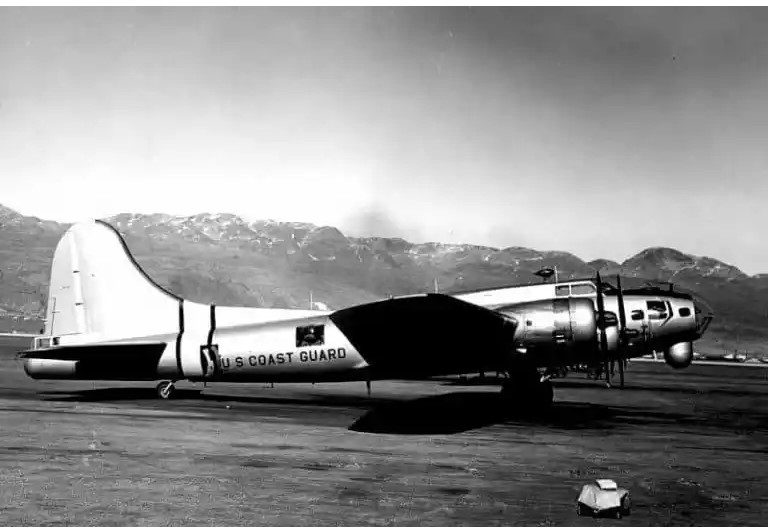
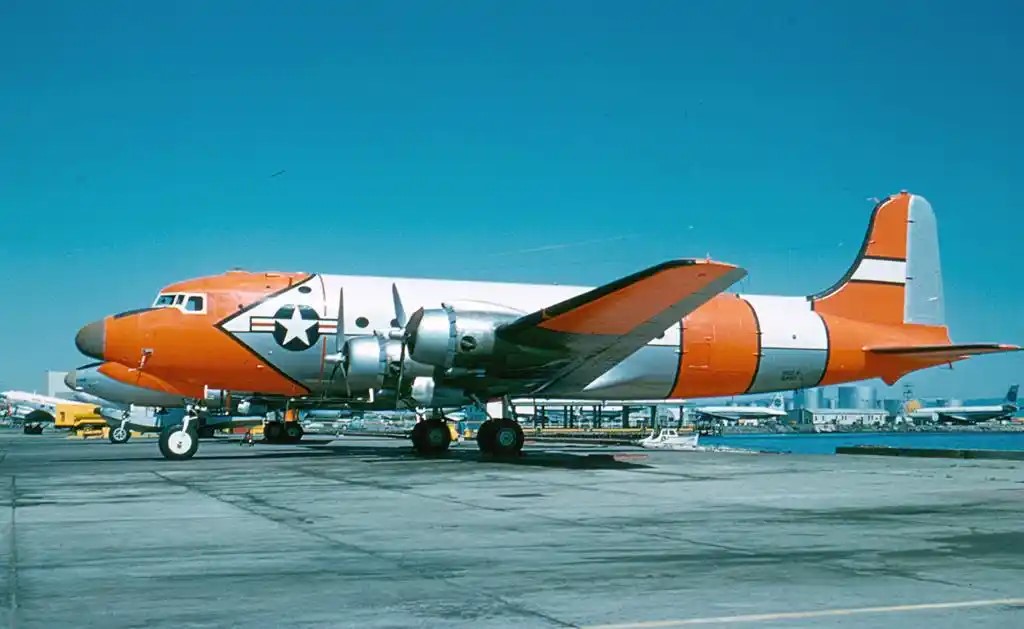
In 1959, the PB-1G aircraft was replaced by the R5D aircraft.
In 1959, experiments were conducted to bomb icebergs with high temperature magnesium and thermite incendiary bombs.
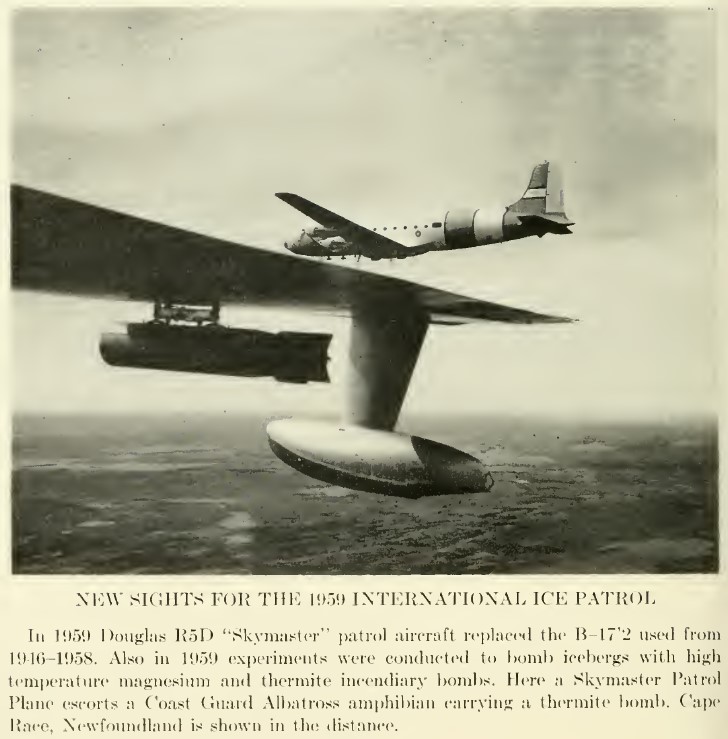
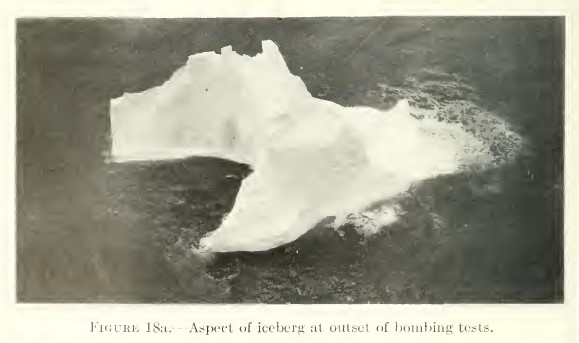
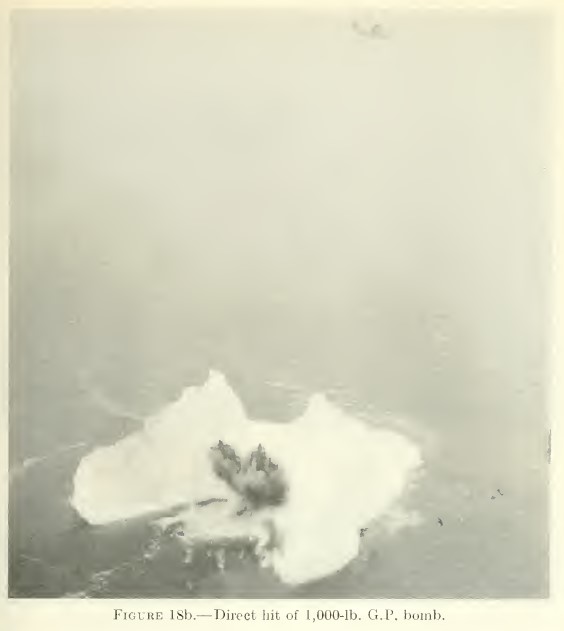


These pictures show the bombing operation of an iceberg from start to finish.
AVIATION / RADAR RECONNAISSANCE

In 1963, the R5D aircraft was replaced with the HC-130B equipped with a Doppler Navigation System. The Hercules aircraft had proven to be more reliable and had greater capability than previous aircraft. The main advantage of the Hercules was its increased speed allowing more coverage per flight hour and its Doppler Navigation system.
In 1964, for the first time two Ice Patrol Flights were made the same day by the same aircraft.
In 1967, for the first time a microwave radiometer which had been installed on the aircraft was used an enabled identifying radar targets as ships or icebergs. Excellent correlation was attained with use of the device with one draw back. Its inability to differentiate wooden vessels from icebergs.
In 1973, the first use of the Inertial Navigational System (INS). The system provided better accuracy for plotting icebergs.
In 1983, Ice reconnaissance was conducted by the C-130 equipped with Side Looking Airborne Radar (SLAR).
In 1983, the USCG HU-25A aircraft was deployed on a trial basis on one deployment. This medium-range jet aircraft was found to be cheaper to operate and more comfortable than the C-130, but was incapable of conducting an extensive search of a large area and was not considered as reliable as the C-130.
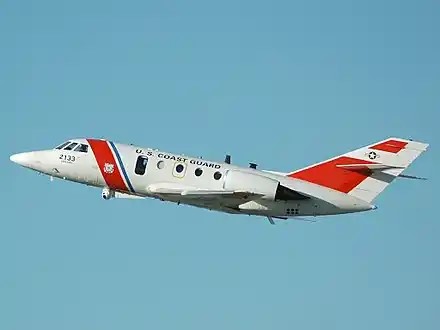
In 1991, ten flights were conducted to test the Forward Looking Airborne Radar (FLAR) aboard the C-130.
In 1994, Ice Patrols aerial ice reconnaissance was conducted with a SLAR and FLAR-equipped HC-130H aircraft. The operational experience gained in 1994 show the SLAR/FLAR combination to be a vast improvement in iceberg identification over the SLAR only system.
In 2001, a newer Side Looking Airborne Radar (SLAR) was integrated onto the C-130 aircraft. This allowed for real-time display of SLAR data (the film recorder on the previous model had a five-minute delay due to the developing process) and real-time geocorrection of all sensor data with GPS accuracy. One of the major improvements was the capability to plot aircraft flight tracks and SLAR images on a digital chart and export data to geographic information systems.
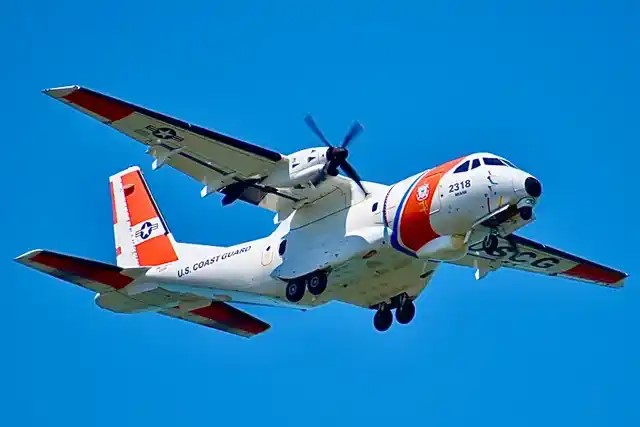
In 2009, the HC-130J aircraft equipped with the ELTA 360° radar replaced the SLAR/FLAR combination for long range radar detection during poor visibility. The ELTA radar system was capable of being used at a significantly lower altitude allowing for better visual coverage.
In 2010, due to the unavailability of the HC-130J aircraft, the International Ice Patrol used the HC-144A. This aircraft was significantly smaller than the HC-130J and was not capable of covering the same amount of distance. However, the HC-144A was capable of providing real-time communications with the International Ice Patrol Operations Center Watch reducing message processing time and allowing Ice Reconnaissance Detachments to provide closer real time information to mariners transiting the area by increasing the accuracy of IIP products.
SATELLITE RECONNAISSANCE
In 1966, U.S. Coast Guard Oceanographic Unit edited N.E.S.C. ESSA I satellite photographs and transmitted the ice limits and concentrations to the Ice Patrol. A study, comparing ESSA I ice data with available observed data, was conducted. Good correlation was observed. The results, unpublished, were compiled by the U.S.C.G. Oceanographic Unit into a loose leaf presentation "The Operational Use of ESSA I Satellite Photography during the 1966 Season of the International Ice Patrol."
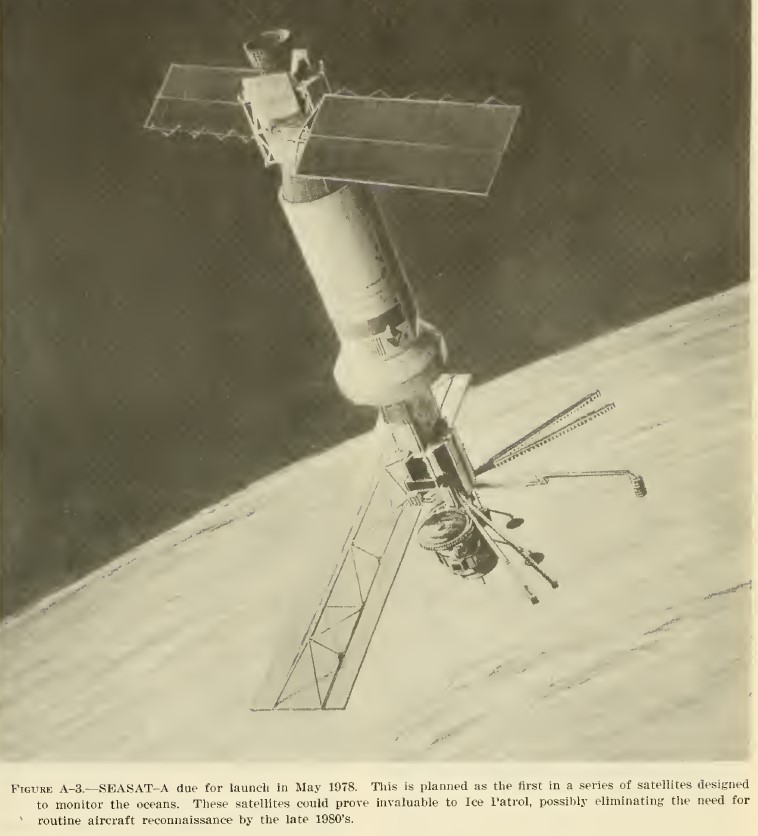
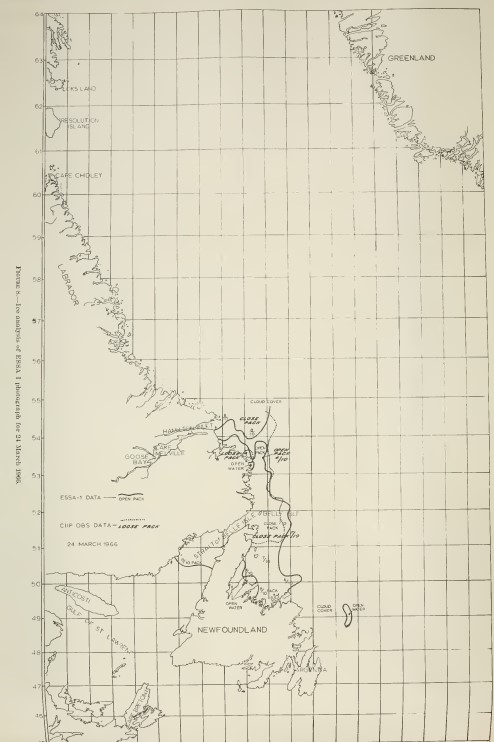
In 1997, the International Ice Patrol attempted to use RADARSAT to verify iceberg targets and ships. A visual confirmation from a C-130 proved that RADARSAT would be very beneficial in augmenting aerial reconnaissance and provided flexibility and repeat coverage.
In 2003, International Ice Patrol (IIP) worked with C-CORE who provided ENVISAT and RADARSAT images which were analyzed by C-Core’s iceberg/ship detection algorithm. The locations of the targets were sent to IIP in the form of a MANICE message.
In 2010, International Ice Patrol initiated a space-borne reconnaissance study to analyze the availability and feasibility of using commercial satellites to supplement future IIP operations and reduce IIP’s dependence on USCG aircrafts.
In 2011, International Ice Patrol (IIP) continued their efforts in pursuit of satellite reconnaissance. IIP received a total of 109 satellite messages from 03 different satellites. These messages contained 1861 reports of icebergs. The reports were then analyzed with the assistance of Maritime Intelligence Fusion Center (MIFC) along with ship reports received from other sources, allowing IIP to add or re-sight 1379 icebergs, showing a presumed accuracy rate of 74.1%.
In 2016, IIP transitioned from purely aerial reconnaissance to a combination of aerial and satellite. IIP acquired a license for iceberg detection software. This software provided IIP with the capability to ingest and analyze satellite data within the Operations Center. A combination of aerial and satellite reconnaissance would allow for coincident data collection.
Coincident data provided IIP with the ability to evaluate the accuracy and reliability of Satellite data. The figure to the right illustrates a RADARSAT-2 image with an IRD flight. The purple diamonds indicate Non-ship satellite targets and the blue squares indicate icebergs sighted from the IRD flight. The data displays that 4 of the 6 targets were correlated.
January 24, 2017 marked the first time in International Ice Patrols 104-year history where watch standers in the Ice Patrol’s Operation Center used Iceberg Detection Software to analyze satellite imagery.
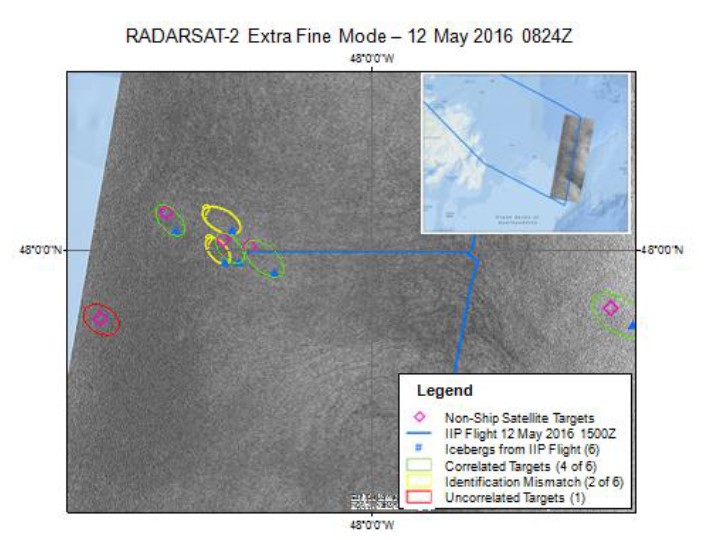
Since 2017, IIP’s Satellite reconnaissance capabilities have advanced significantly, to the point where satellite imagery analysis is now a core component of IIP’s operational workflows. In 2022, 90% of the icebergs detected by IIP were detected via satellite. IIP relies on imagery from a variety of sources and sensors, to included radar and multi-spectral satellites from NASA, the European Space Agency, and private companies. Satellite reconnaissance offers several advantages over aerial reconnaissance to include area coverage, reliability, access to remote areas, and cost reduction. However, the disadvantages include ambiguity in image analysis (i.e. is this object really an iceberg, or could it be a small vessel?), and low ability to confirm the absence of icebergs. As IIP’s expertise in imagery analysis continues to advance in step with technology and research advances, satellite imagery resources are likely to continue to displace aviation resources for iceberg detection.
Home of the International Ice Patrol
From 1946-1966, the Ice Patrol offices, operations center and reconnaissance aircraft were based at the Coast Guard Air Detachment Argentina, Newfoundland.
From 1967–1970, the Ice patrol was relocated to Governor’s Island, New York and maintaining an Ice Reconnaissance Detachment in Argentia, Newfoundland.
From 1970—1973, the Ice Patrol remained at Governor’s Island, New York and the Ice Reconnaissance Detachment deployed to Canadian Forces Base Summerside, Prince Edward Island.
From 1974—1981, the Ice Patrol remained at Governor’s Island, New York and the Ice Reconnaissance Detachment deployed to St. John’s, Newfoundland.
From 1982—1983, the Ice Patrol remained at Governor’s Island, New York and the Ice Reconnaissance Detachment deployed to Gander, Newfoundland.
From 1984—1989, the Ice patrol was relocated to Groton, Connecticut and the Ice Reconnaissance Detachment deployed to Gander, Newfoundland.
From 1989—2008, the Ice Patrol remained at Groton, Connecticut and the Ice Reconnaissance Detachment deployed to St. John’s, Newfoundland.
From 2009—2021, the Ice Patrol was relocated to New London, Connecticut and the Ice Reconnaissance Detachment deployed to St. John’s, Newfoundland.
From 2021—Present Day, the Ice Patrol was relocated to Suitland, Maryland and the Ice Reconnaissance Detachment deploys to St. John’s Newfoundland.
International Ice Patrol Iceberg Modeling Progression
In 1979, a new computer model termed IBERG, was used to predict the drift of icebergs based off of historic current data base base.
1982 Ice Patrol Season marked the first time that real-time current information acquired from buoys were used to successfully modify the historic current data base used by the International Ice Patrol’s “IBERG” drift prediction model.
In 1985, ICEPLOT became the new iceberg prediction and deterioration model program.
In 1992, iceberg Data Management and Prediction System (DMPS) became the new iceberg prediction and deterioration model program. This combined an iceberg drift model with a deterioration model.
In 1998, the International Ice Patrol adopted the iceberg Analysis and Prediction System (BAPS) from the Canadian Ice Service and became the new iceberg prediction and deterioration model program.
In 2006, the International Ice Patrol and Canadian Ice Service operationally tested a shared database of the iceberg population near the Grand Banks of Newfoundland and along the Labrador coast. Previously, the two organizations maintained a separate, although connected, databases to produce ice warnings for their specific customers.
